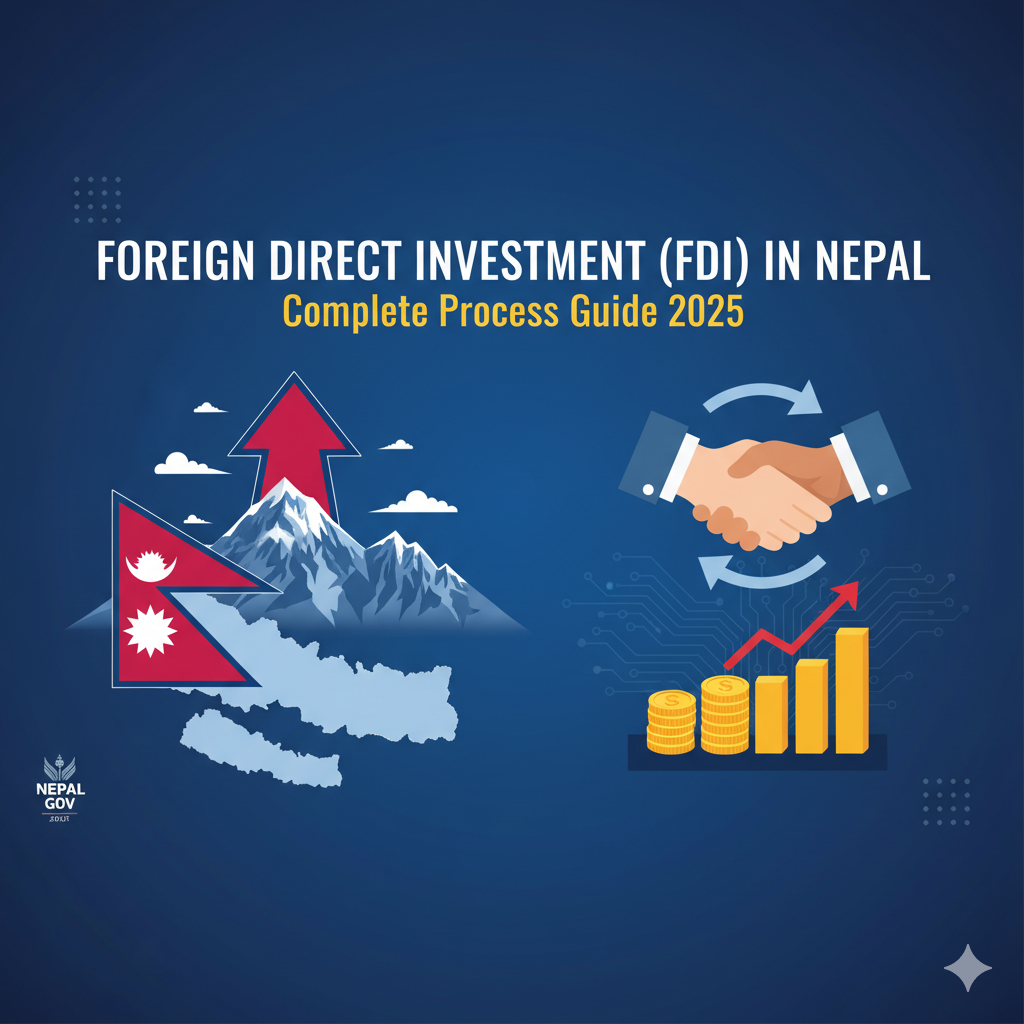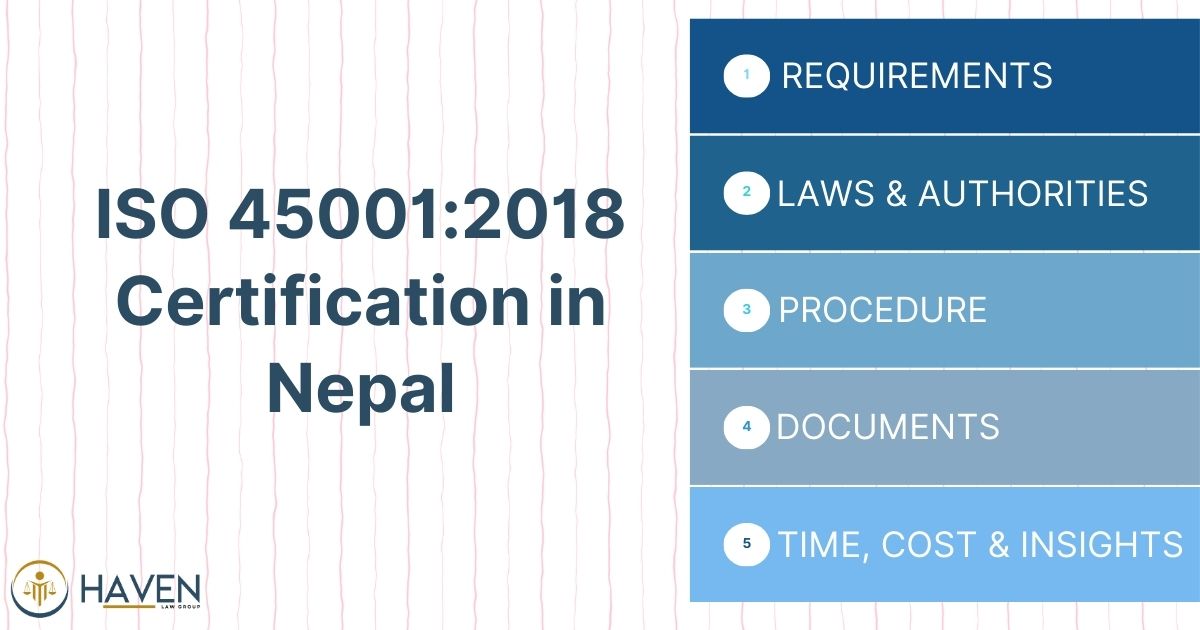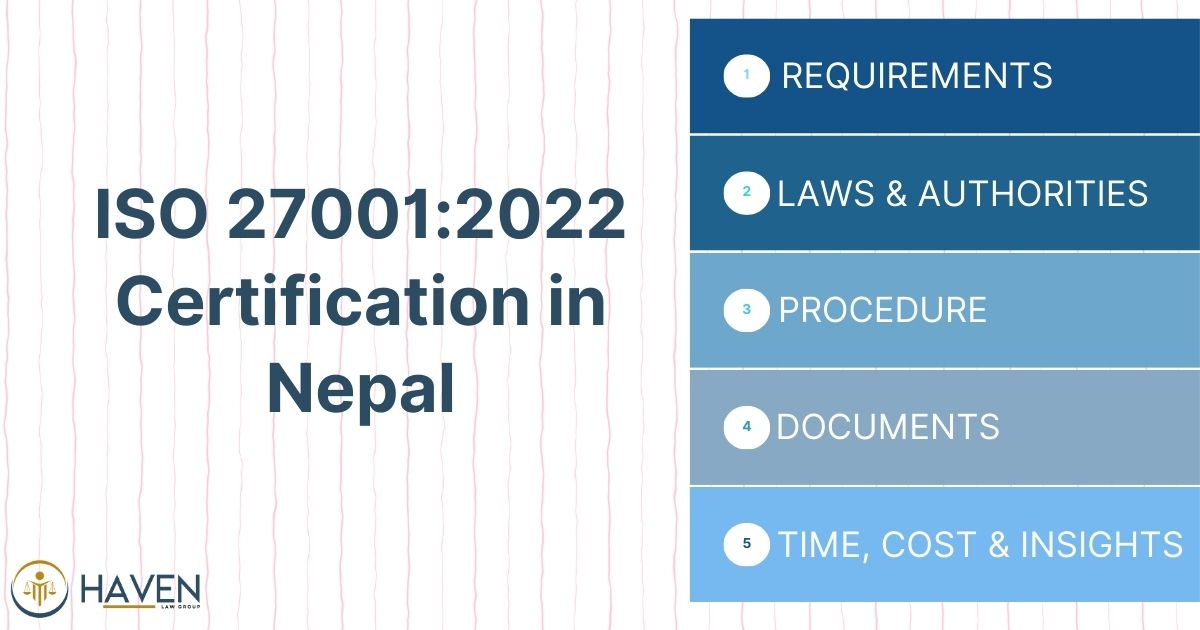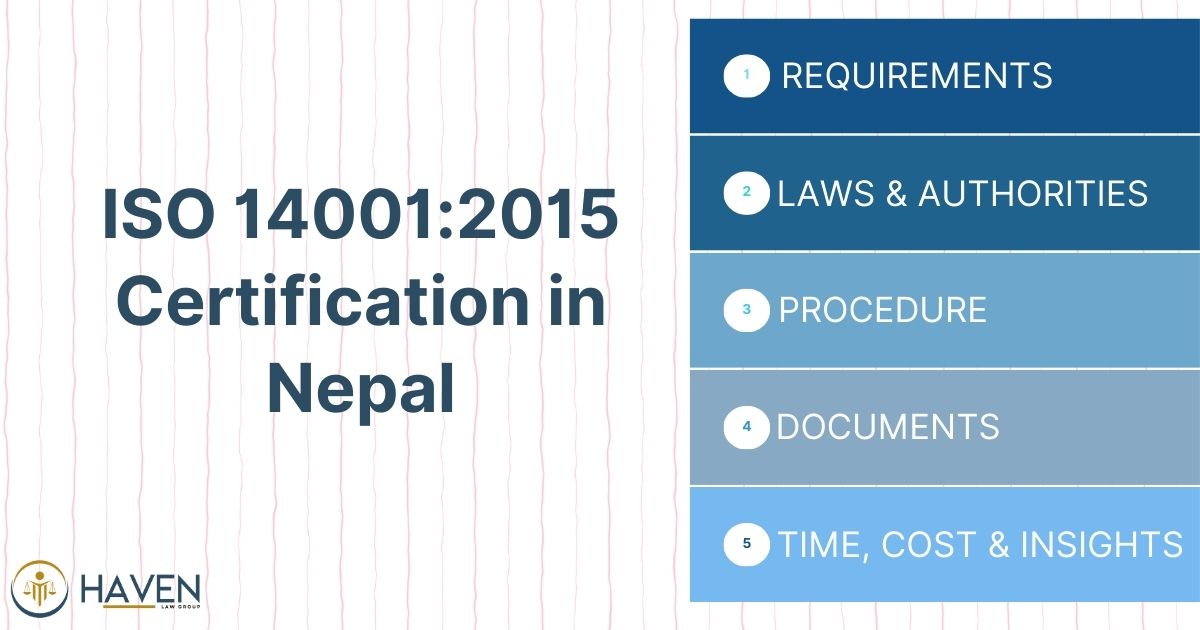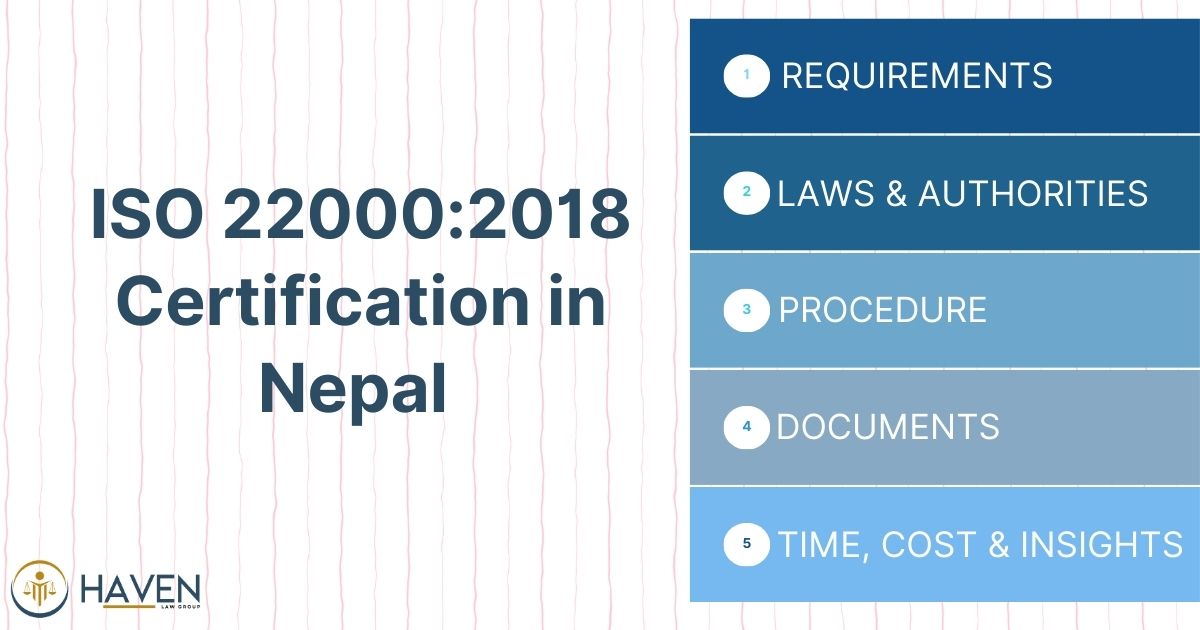Introduction
ISO 9001:2015 is one of the most recognized standards in the world for quality management. It is published by the International Organization for Standardization (ISO) and provides a framework that organizations can follow to ensure they consistently deliver quality products and services.
In simple terms, ISO 9001:2015 certification proves that a company has a reliable quality management system (QMS) in place. It helps businesses improve efficiency, build customer trust, and remain competitive in global markets.
This article will explain everything about ISO 9001:2015 certification in plain language. We will cover its meaning, benefits, requirements, certification process, cost, challenges, and frequently asked questions. By the end, you will have a clear understanding of why ISO 9001:2015 matters and how it can transform your organization.
What is ISO 9001:2015 Certification?
ISO 9001:2015 is a globally accepted standard for Quality Management Systems (QMS).
- ISO stands for the International Organization for Standardization.
- 9001 refers to the specific standard for quality management.
- 2015 indicates the year of the latest revision.
When a company is ISO 9001:2015 certified, it means:
- The organization meets international standards for quality.
- It follows processes that ensure consistency and improvement.
- Customers can trust the products or services being delivered.
The certification is applicable to any type of organization—small or large, private or public, in any industry.
Why is ISO 9001:2015 Important?
In today’s competitive world, businesses need to prove they are reliable. ISO 9001:2015 certification provides that proof. It is not just about paperwork—it is about building a culture of quality.
Key reasons why ISO 9001:2015 matters:
- Customer Trust – Certification shows customers that quality is your top priority.
- Efficiency – A structured system reduces waste and saves time.
- Global Recognition – ISO 9001 is accepted worldwide, making international trade easier.
- Continuous Improvement – The standard pushes companies to keep improving.
- Legal and Regulatory Compliance – Helps meet laws and industry regulations.
Benefits of ISO 9001:2015 Certification
ISO 9001:2015 brings value not only to businesses but also to customers, employees, and stakeholders.
1. Benefits for Businesses
- Improves operational efficiency.
- Reduces errors and rework.
- Increases profitability.
- Enhances decision-making with data-driven processes.
2. Benefits for Customers
- Assurance of consistent quality.
- Faster resolution of complaints.
- Greater satisfaction and loyalty.
3. Benefits for Employees
- Clear roles and responsibilities.
- Better work environment.
- Motivation through structured systems.
4. Benefits for Stakeholders
- Builds brand reputation.
- Improves trust with investors and partners.
- Ensures long-term sustainability.
Principles of ISO 9001:2015
The standard is built on seven quality management principles:
- Customer Focus – Meeting and exceeding customer needs.
- Leadership – Strong leadership ensures a unified direction.
- Engagement of People – Employees are the foundation of quality.
- Process Approach – Managing activities as interrelated processes.
- Improvement – A culture of continuous improvement.
- Evidence-Based Decisions – Using data to guide choices.
- Relationship Management – Building strong supplier and stakeholder relations.
ISO 9001:2015 Requirements
To become certified, organizations must meet specific requirements. These include:
- Context of the Organization – Understanding external and internal factors.
- Leadership – Management must show commitment to quality.
- Planning – Identifying risks and opportunities.
- Support – Resources, training, and communication.
- Operation – Processes for product and service delivery.
- Performance Evaluation – Monitoring, measurement, and audits.
- Improvement – Corrective actions and continuous improvement.
Steps to Get ISO 9001:2015 Certified
The certification process usually follows these steps:
- Gap Analysis – Review current processes against ISO requirements.
- Planning – Create a roadmap for implementation.
- Documentation – Prepare policies, manuals, and procedures.
- Implementation – Apply the QMS across the organization.
- Internal Audit – Check compliance within the company.
- Management Review – Ensure leadership commitment.
- Certification Audit – Conducted by an external certification body.
- Certification – If requirements are met, certification is awarded.
- Surveillance Audits – Regular checks to maintain compliance.
How Long Does Certification Take?
The timeline depends on the size and complexity of the business.
- Small companies: 3–6 months
- Medium companies: 6–12 months
- Large organizations: 12–18 months
Cost of ISO 9001:2015 Certification
The cost varies depending on:
- Company size
- Number of employees
- Type of industry
- Certification body
Common Challenges in ISO 9001:2015 Implementation
Many organizations face difficulties while adopting ISO 9001:2015:
- Resistance from employees.
- Lack of management commitment.
- Poor documentation practices.
- Insufficient training.
- Treating certification as a one-time task instead of continuous improvement.
Best Practices for Successful Implementation
To succeed, businesses should:
- Involve employees at all levels.
- Provide training and awareness sessions.
- Choose an experienced consultant if needed.
- Focus on continuous improvement, not just certification.
- Select a reputable certification body.
ISO 9001:2015 Across Industries
The beauty of ISO 9001:2015 is that it applies to all industries:
- Manufacturing – Ensures defect-free production.
- Healthcare – Improves patient safety and care.
- IT Services – Enhances customer satisfaction.
- Construction – Ensures timely delivery of projects.
- Education – Improves teaching and learning quality.
Future of ISO 9001
The ISO standard evolves with changing business environments. Future versions are expected to:
- Integrate more with sustainability.
- Address digital transformation.
- Include new risk management strategies.
Conclusion
ISO 9001:2015 certification is more than just a piece of paper—it is a commitment to quality. It shows customers, employees, and stakeholders that your organization values consistency, efficiency, and continuous improvement.
Whether you run a small business or a multinational company, ISO 9001:2015 can help you build trust, reduce risks, and achieve long-term success.
Investing in ISO 9001:2015 is not a cost—it is an opportunity for growth. By following the principles and requirements, your organization can become more efficient, more reliable, and more competitive in the global market.
